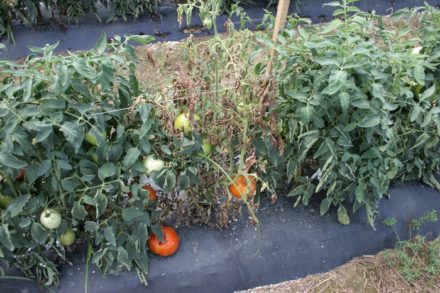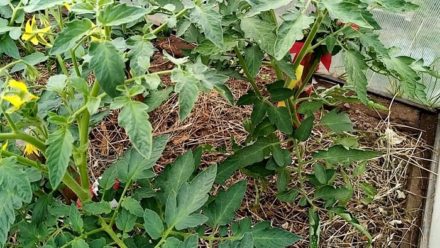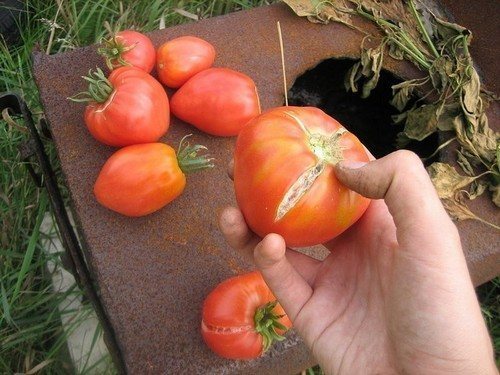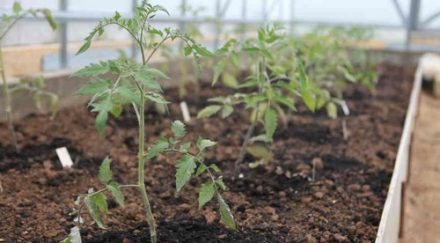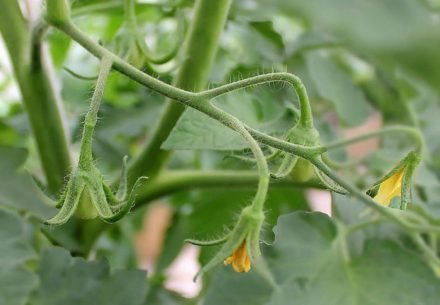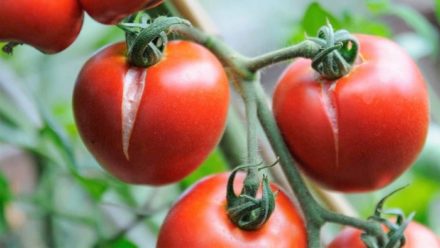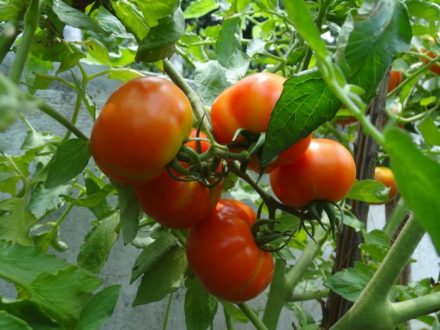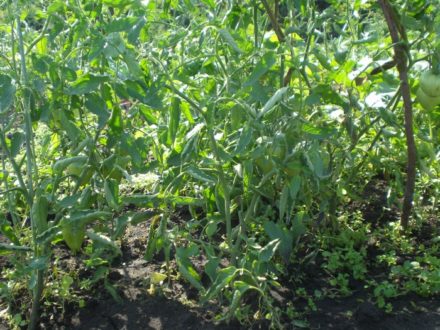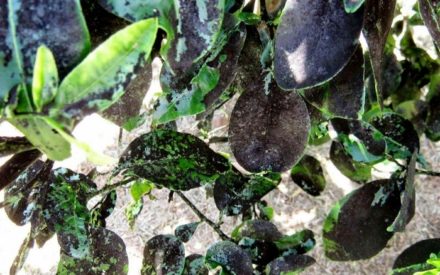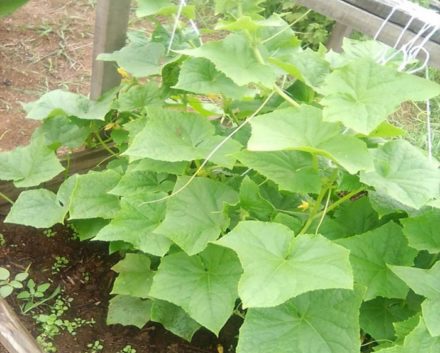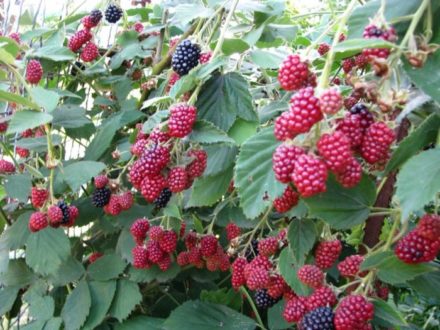At the end of summer, in open beds and even in greenhouses, many varieties of tomatoes begin to get sick and die. To prolong their life and get more harvest, we urgently need to provide them with help.
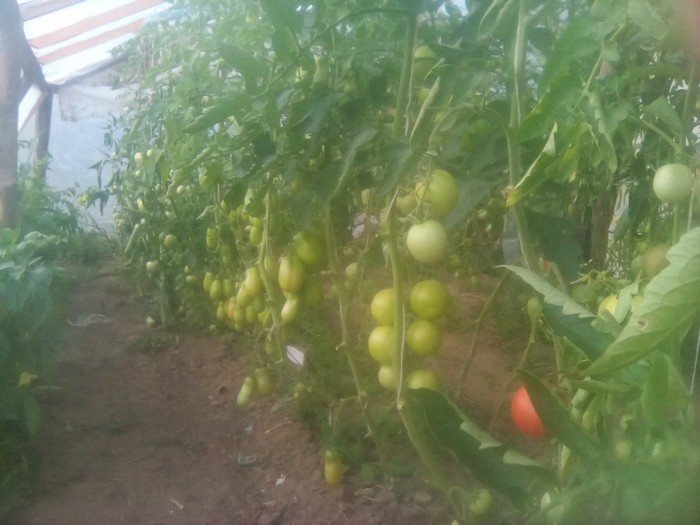
Urgently remove any plant debris from the beds and disinfect the soil and structures of the protected structure. For this purpose, such means as “Kartotsid” and “Farmayod” are used. This will allow the plants to develop further and form additional fruits.
If you have not stopped the growth of tomato bushes before, then do it in August-September. Pinch the “crowns” (growing points) of the shoots. Do not allow the presence and development of stepchildren; urgently remove all discovered additional shoots (stepchildren). Try to cut them as close to the tomato trunk as possible, so that the wound is as small as possible, so it will heal faster.
Additional heating
When cool nights set in, the moisture that evaporated during the day settles on the leaves of the tomatoes. Dampness provokes the development of late blight. To prevent this, increase the temperature in the greenhouse at night. To do this, they install closed barrels and capacious beer kegs in it and keep them constantly filled with water. During the day they heat up, and when the temperature drops at night, they release the accumulated heat and slightly warm up the air in a closed volume.
Guaranteed heating, even if there was no sun during the day, is organized using an electric heater. But keep in mind that drops of condensed moisture may fall on the device, which will lead to a short circuit.

Nowadays it is easy to find a variety of inexpensive electrical regulators on the market. They need to be installed near the soil surface. Set the device to a temperature of 12-15°C. On a sunny day, so that the tomatoes do not get too hot, the greenhouse is opened slightly, and at night in a heated greenhouse, the plants will not suffer from the cold.
Moisture
You need to be very, very careful about watering. Moist soil retains heat better and allows plants to receive nutrients. But, with a lack of sunlight and possible temperature changes, root rot and late blight appear. You need to water not as much as in the summer, but only by soaking the soil with slightly heated (up to +20°C) water. The moisture should wet the soil just to the length of a finger.
Plant pruning
In a greenhouse, it is better to form tomatoes into one stem; a maximum of two shoots is permissible. All lower leaves must be removed; as long as the spores of this disease are in the ground, they are practically safe for plants. In a cool and humid atmosphere, late blight protists almost instantly migrate to leaves located near the ground.

This disease loves humidity very much, the “jungle” retains dampness and delays the movement of air. If the plants are placed in a dense area and have a lot of leaves, then the tomatoes will almost certainly get sick.To do this, thin out the plant as much as possible; for normal fruit development, it is enough to leave 7-10 upper leaves. All those located in the lower part of the bush are removed.
By following these recommendations, you can save the plant from developing diseases. Pick the fruits after they change color - become lighter and ripen. Do not wait until they are completely ripe. They will take a lot of energy from the plant, preventing it from forming the set, but still small fruits.


